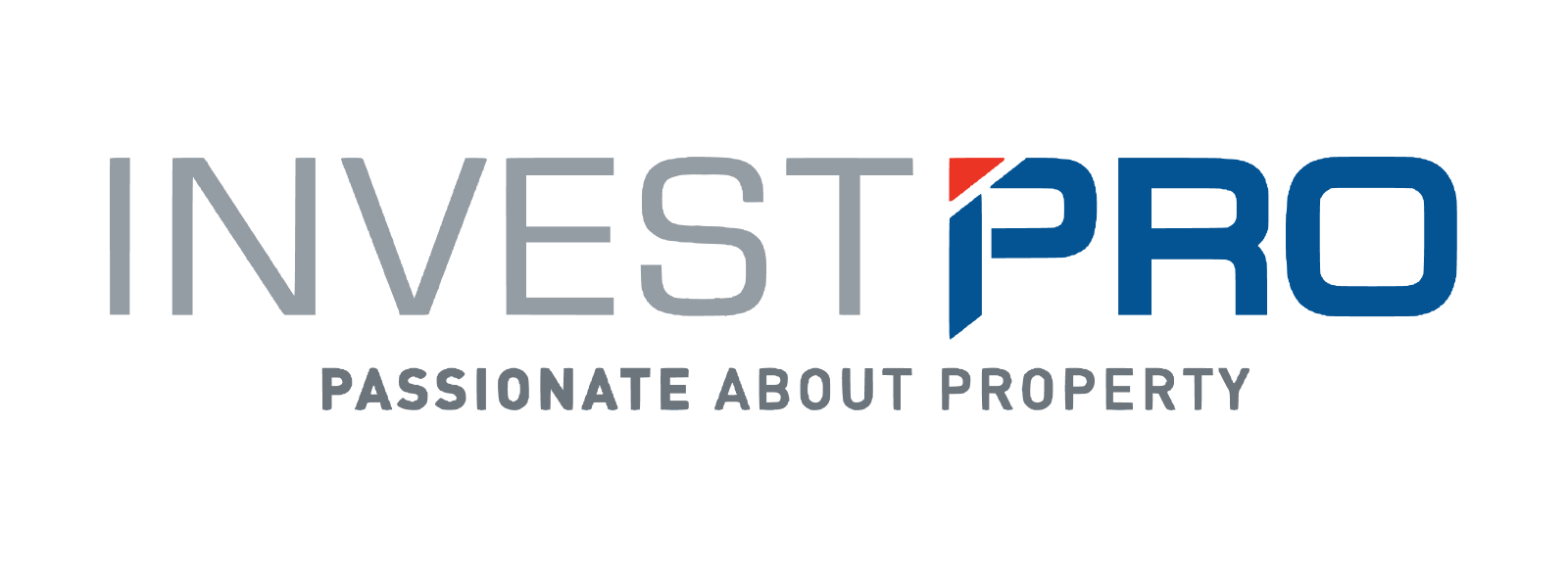SA’s property market: hotspots and buyer trends
Property remains one of the oldest and most popular investments globally, and property forecasters have recently mentioned that the biggest deterrents for buyers are not only the economy, but having confidence in the location of the property.
Lightstone provides analysis to evaluate trends and segmentation within the property sector, which includes the data of 7.9 million registered properties across South Africa, 6.5 million of which are residential properties valued at R5 trillion. Freehold properties make up the biggest portion at 69.7%, then estates (15. 5%) followed by sectional title (14.8%).
Estates consist of a much higher proportion of total value vs. volume as these properties are on average, valued at three times more than normal freehold properties.
It’s no surprise given that even though Gauteng is the smallest province, it is home to the biggest portion of total properties in both value and volume, while the Western Cape comes in at number two and KwaZulu-Natal at number three, according to Lighstone.
Gauteng and the Western Cape include more than half of all properties (6.5 million) and two thirds of the total value (R5 trillion). As the biggest province, the Northern Cape is still the least developed residential province with less than 1.3% of the total value of residential properties.
Residential property stock segmentation
Like Cape Town, Johannesburg has a much larger proportion of properties in the upper value band with almost one third of properties worth over R3 million. The increased property growth in Cape Town can be attributed to the migration of Gauteng residents and the landlocked nature of the city, says Lightstone. Sectors like the interior Atlantic Seaboard and Southern Suburbs have sustained growth of very high valued properties.
Lightstone data also sheds light on the most expensive streets and suburbs in Gauteng, and surprisingly the number one spot belongs to Blair Atholl, situated in the City of Tshwane. Coronation Street in Sandhurst is highlighted as the most expensive street at an average value of R26 million per house.
Analysis of estates in Gauteng shows the highest median value at Clouds End in Sandton and the highest inflation at Willow Grove in Witkoppen.
When comparing the average age of buyers in the top ten suburbs offering the highest number of first-time buyers, it is encouraging to see that Soshanguve South and Protea Glen have the most growth. The age of buyers in Gauteng is between 18 and 55 years old, which shows us that the younger working class is investing in property.
“Cape Town shows its biggest growth in property buyers over the age of 55 to 65, as well as 65 and older indicating that an older generation is looking to establish themselves in this province for what we can assume to be for retirement,” says Lightstone.
Author Lightstone - Property24






